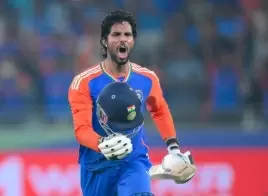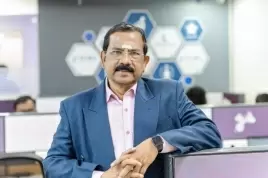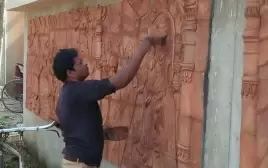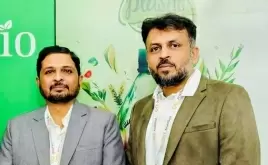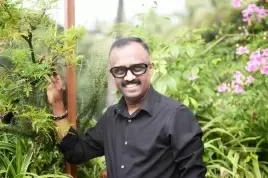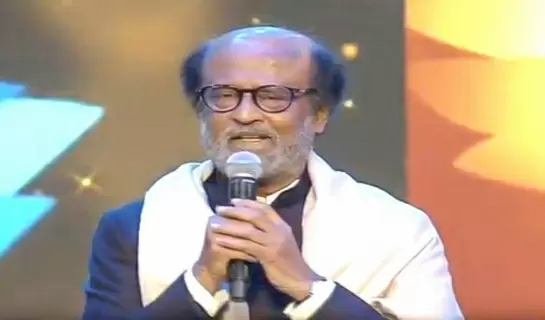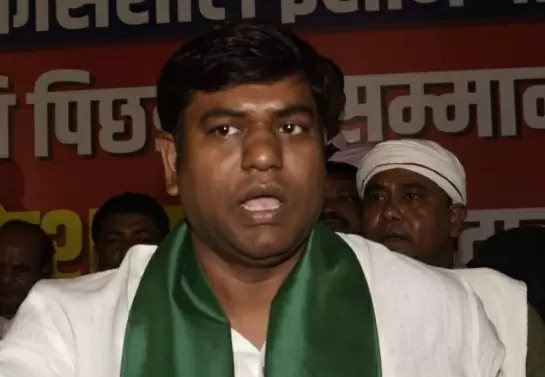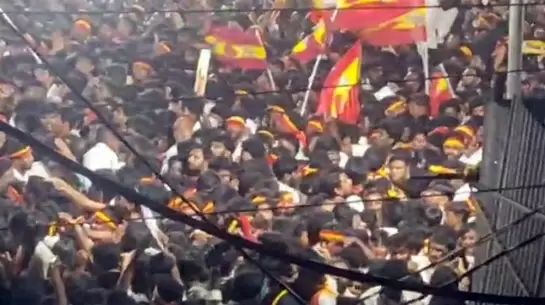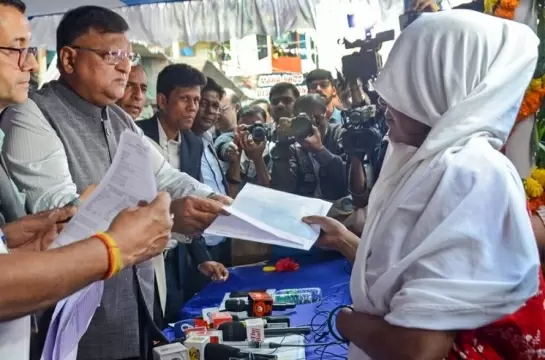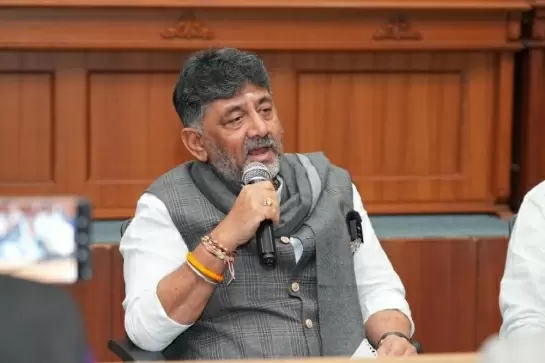A sexual assault on a child in a school has woken up Goans once again

15-February-2013
Vol 4 | Issue 7
Better known as a tourist destination to the world, Goa has been in the throes of a deep dilemma. So much of its green has been uprooted and turned into real estate. So much of its red, scarred and devastated by mining. And, together with this, its people and its land have been turned into commodities for display and sale.
All these developments have caused a social churning and public anger against tourism-related child sexual abuse is growing. Women’s groups, children’s rights groups, and concerned citizens have rallied together, put their foot down and said, ‘NO to paedophiles’ who come to Goa in search of vulnerable children.
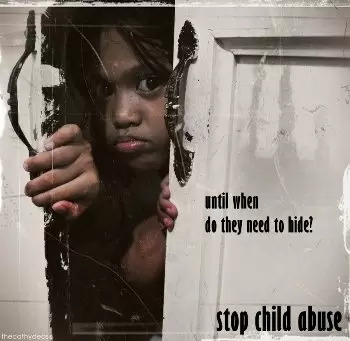 |
|
Ten years after the Goa Children's Act 2003 was passed, the grave sexual assault of a seven-year-old child at a school in Vasco has once again underlined the vulnerability of the state's children to sexual predators
|
What went into the condoning of this abuse? Can the entrenching structural problems that lead to the vulnerability of children be ignored? Does the answer lie in the mere cosmetic surgery of putting into place more severe punishment for those guilty of the “rarest of rare” cases?
What was clearly apparent was that cases of child sexual abuse – occurring within Goa by Goans, or people living in Goa – hardly received any public attention. Films like ‘Bhaille’ (‘outsider’ in Konkani) with its very telling title, suggested that this was because of the presumption that it was the children of migrants who got sexually abused and that it was the tourists alone who were the perpetrators.
Since the migrants are the ‘outsiders’ and the tourists are the ‘cash-draws’, it is better to turn one’s head the other way – or that seemed to be the unstated premise for the tacit condoning of tourism-related sexual abuse.
But some efforts were made to address the issue as well. Block level workshops, conducted by the Government of Goa in 2002-03, in association with different organisations, followed by district and state level workshops on the theme of a ‘Child-friendly Goa’, helped to focus public attention on various aspects of the problem.
This process finally culminated in the passage of the Goa Children’s Act of 2003. It was seen as a historical moment – much like the Justice Verma Committee Report is regarded today. Fortunately there was a pro-active secretary to the Department of Women and Child Development, who proved to be the catalyst that was needed to push for legislation in the portals of power.
The Goa Children’s Act, 2003 acknowledged that child sexual abuse could not be looked at in isolation from its socio-economic and political contexts - substance was no longer disconnected from procedure.
The covenants of the UN Convention on the Rights of the Child, to which India is a signatory, were made justiciable through state-level legislation. Child friendly procedures in court found due emphasis in the law. So did provisions for assisting survivors of violence.
Village child committees, which would prepare baseline needs assessment reports and follow them up with time-bound plans of action promoting the best interests of the children within the area, were envisaged. Thus the new Act had the potential to bring about a wave of reform in terms of child safety, provided it was implemented in both letter and spirit.
Ten years later, the very groups that had crafted that law, found themselves at the crossroads again because issues of child sexual abuse continued to be met with disbelief if not shrouded in secrecy.
“When we girls discuss among ourselves, many share their experiences about being groped and the fear they carry with them at all times. When I ask them whether they share this with their parents, they invariably reply that their parents just will not believe them,” revealed teenager Deepika Kerkar at a recent seminar, pertinently titled, ‘At Home or Outside: How Safe is My Child?’ organised by the International Centre Goa in association with Saad Aangan.
So does merely having a law help? Does the law need to be broken up into easily digestible nuggets through comprehensible language, while at the same time retaining its composite spirit? Does it help to have ‘sensitisation’ alone? What on earth does ‘sensitisation’ mean anyway? Do we need to be more nuanced in what we are demanding? Should there not be adequate financial provisioning for such legal instruments?
There were other questions, too: What are the protocols and standard operating procedures to be put in place so that the system actually functioned? What about helplines that only get activated when there is outrage over a widely discussed case? Clearly, the non-transparent manner in which policies become laws by being passed hurriedly in the legislatures or foisted on legislators as ordinances, sets the tone for the disrespect of the law.
So women’s and child’s rights organisations in Goa now find themselves at the cusp of another kind of reassertion that says ‘NO to sexual violence’. They recognise that sexual assaults are acts of power. They realise that the prevalent taboos around sex and the boy-girl relationship are in fact the obverse side of the very same culture of sexual assault. There is a wide array of actors who maintain these taboos – ranging from parents and teachers to counselors and, of course, the children themselves.
There is also another wide spectrum of persons who must get the rights message loud and clear – and understand that violence against women is not negotiable and that counselling is not the handmaid of the criminal justice system when it comes to gender-based crimes.
The targets of these messages must range from the police to the judiciary. A recent Supreme Court judgment, delivered by Justice Ranjana Desai and Justice Aftab Alam, brought the insensitivity of the judiciary into sharp focus, when it stated that the mindset of judges needs to change.
Models for a crisis assistance unit have been developed by the erstwhile Goa State Commission for Children after a consultative process with various stake holders, including the police, public prosecutors, lawyers, forensic experts, social workers, and activists from rights groups.
It led to various organisations undertaking the responsibility to sensitise different sections of society to the issue. There is, in fact, now a pool of experience which can be drawn upon. The other urgent concern that needs addressing is the fact that the Village Child Committees envisaged under the law exist only on paper in many cases.
Gender codes for self regulation by the media is the other important concern that has emerged today when sensitive and relevant coverage of these issues struggles for editorial space against rising sensationalisation and commercialisation of news content. Also what about the non-existent committees to check sexual harassment within institutions, mandated by the Vishakha judgment? These are some of the questions that are begging answers.
Ten years after the Goa Children’s Act 2003 was passed, a grave sexual assault of a seven-year-old child in the premises of a school in the port town of Vasco in January 2013 brought all these concerns back into focus. What is happening is a public audit of the obligations of the state under the very Goa Children’s Act that it had enacted.
The paths to justice are long and arduous, the gorges are deep, and very often one could get entrapped in them. As Gail Tsukiyama states in ‘The Street of a Thousand Blossoms,’ “Even a snail will eventually reach its destination.” But in India today, faced as it is by an outpouring of public outrage over the endemic violence faced by women and children, the pace of a snail will no longer do. - Women's Feature Service



